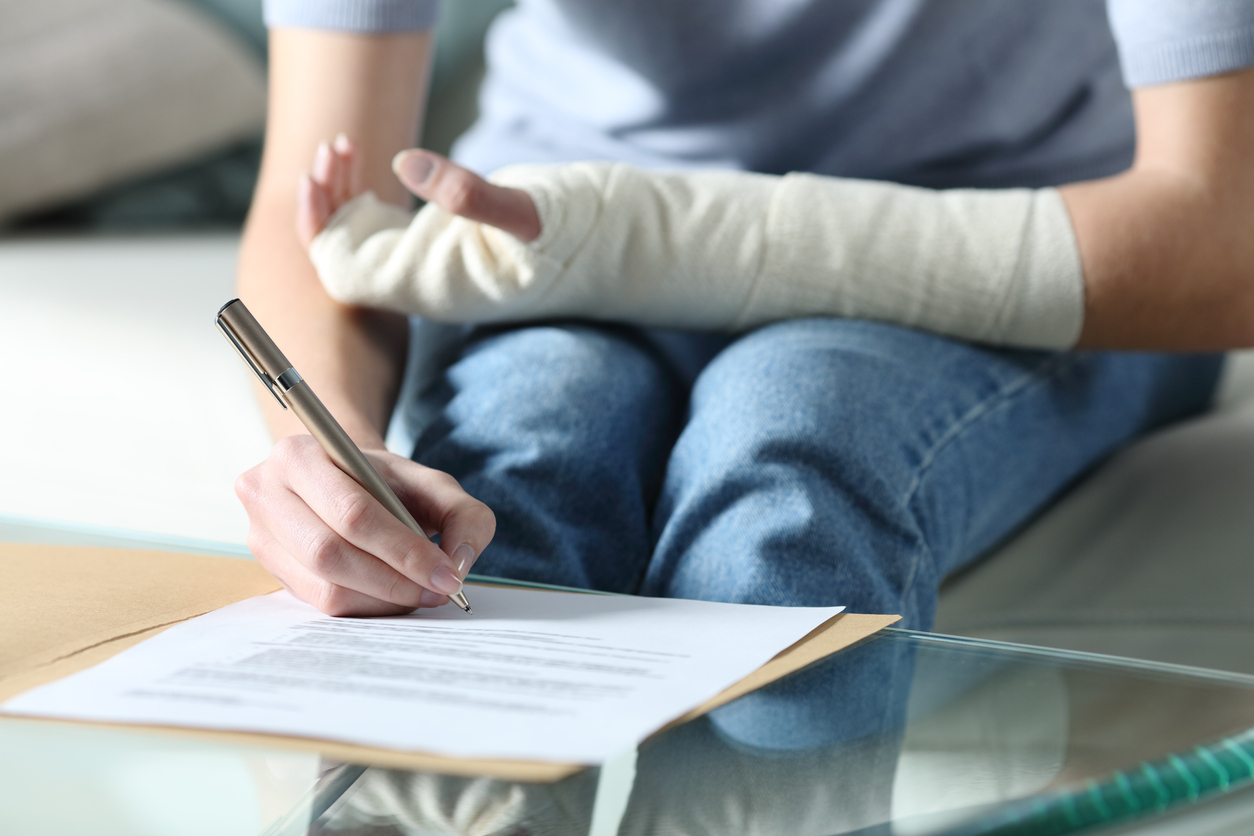After an accident resulting from someone else’s negligence, you might be able to seek injury compensation. It might be appropriate to seek compensation from the at-fault person or business for your economic and non-economic losses.
The common term for non-economic loss is “pain and suffering.” These damages arise from how your personal injury affects the quality of your life.
Here is an overview of pain and suffering damages and how they are calculated in California.
Non-Economic Damages
Non-economic damages are also known as general damages or pain and suffering damages. To understand non-economic damages, you must first understand economic damages.
Economic damages include all of the ways your injuries affect your finances. Non-economic damages regard how your injuries affect your quality and enjoyment of life. Some common forms of non-economic damage include:
Physical Pain
Physical pain diminishes your enjoyment of life. It can also limit your mobility and activities. Pain can also harm your mental and emotional health.
Mental Suffering
Mental suffering, also called mental anguish, can arise from negative emotions you might suffer after an accident injures you, including:
- Fear about your finances and the extent of your injuries
- Anger over your accident or your limitations
- Grief about your losses from the accident
- Sadness over your inability to do the things you enjoy
Mental suffering does not necessarily equate to mental illness or emotional disorders. But if you do show symptoms of depression, anxiety, or post-traumatic stress disorder (PTSD), you should discuss your symptoms with your doctor.
Inconvenience
You might experience many inconveniences from your injuries. If you cannot drive, you might need to arrange for transportation. You might need help cooking, cleaning, and shopping. If you suffer severe injuries, you may even need a caretaker to help you with your mobility and daily needs.
Loss of Consortium
Loss of consortium happens when you suffer from an injury that deprives you of the ability to have sexual relations. The injury could be physical or mental.
Proving Non-Economic Damages
Non-economic damages are called general damages because the law presumes these damages happen in every case. As a result, you do not need to:
- Prove any extraordinary losses or injuries
- Allege the value of your non-economic losses
Instead, the jurors will use their discretion and common sense to arrive at a fair damage award based on the evidence. Evidence that shows the impact of your injuries could include:
- Medical records
- Pain medication prescriptions
- Mental health therapy and counseling records
- Your testimony
- Testimony from family, friends, and co-workers
The jury will use this evidence to assess the severity and duration of your injuries. The severity and duration will help the jury determine how the injuries impacted your quality and enjoyment of life.
Calculating Pain and Suffering Damages
California does not prescribe how the jury should calculate non-economic damages. But you can hire an expert witness to give the jurors options. Two models used to calculate pain and suffering include:
Multiplier Model
In the multiplier model, the jury picks a factor between 1.5 and 5.0 based on the severity and duration of your injuries. More severe injuries get a higher factor.
The jury calculates your total damage award by multiplying the factor by your economic damages. Suppose that you had $20,000 in economic damages, and the jury picked a factor of 2.0. Your total damage award would be $40,000.
Per Diem Model
In the per diem model, the jury picks a daily value based on the severity of your injuries. The jury multiplies the daily value by the number of days your injuries lasted. Thus, a daily value of $200 for injuries suffered for 180 days will give you non-economic damages of $36,000.
Getting a Fair Damage Award
You need to present enough evidence to help the jurors or claims adjuster understand your pain and suffering. You could get a fair pain and suffering damages award if you are successful in that effort.

